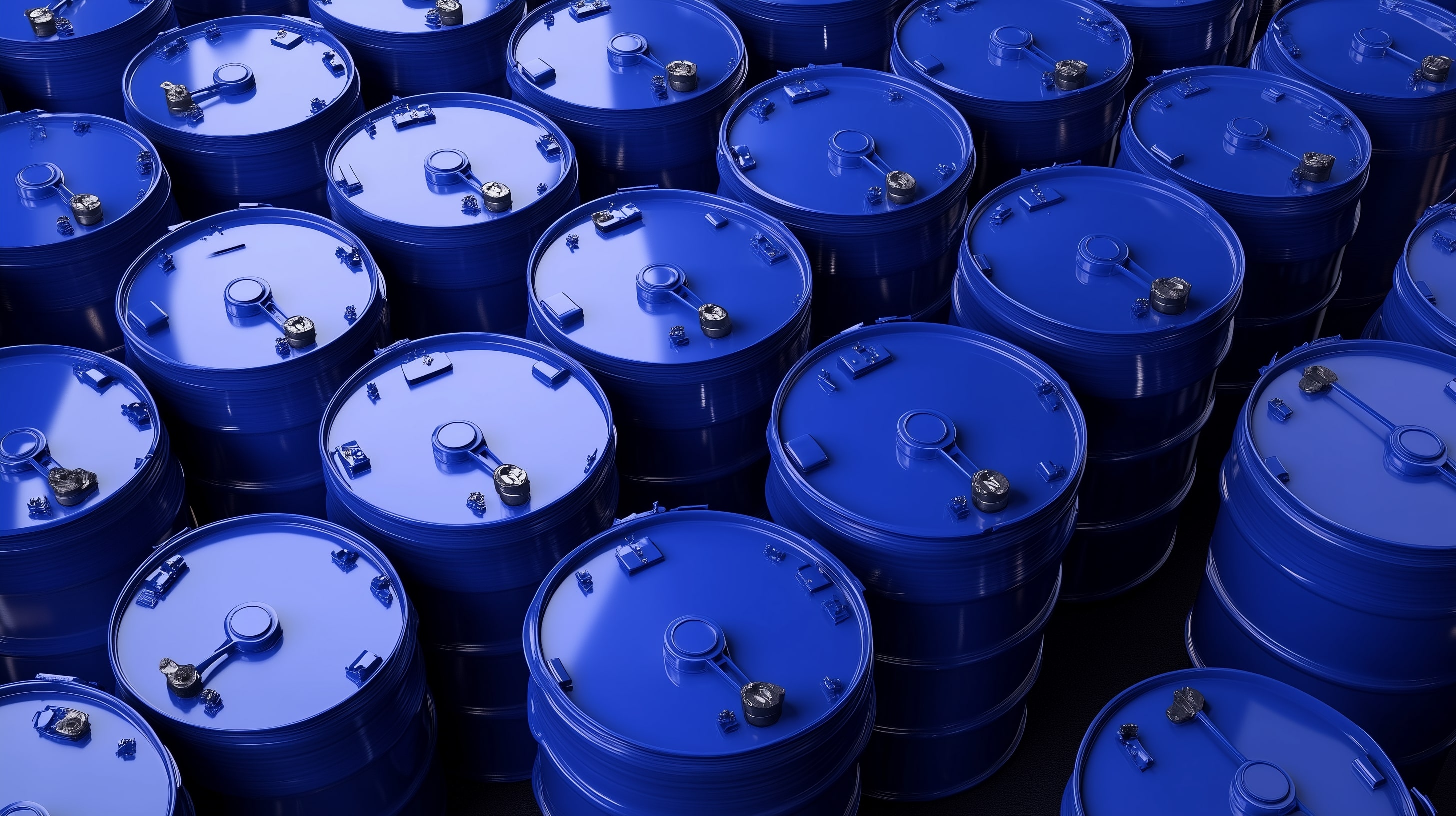ChatGPT said:
Oil Prices Show Upward Momentum Amid Geopolitical Tensions and Robust Demand
Oil prices have started to climb steadily, signaling a shift in market sentiment as pessimism fades. As of Thursday’s session, WTI was trading at $69.67 per barrel, up nearly $2 from the previous week, while Brent crude for May delivery stood at $73.67 per barrel, reflecting a similar upward trend. These increases represent a $5 surge from the early-month lows, indicating a potential bullish turn for the commodity.
Oil Demand Remains Strong: Global Trends Point Toward Continued Growth
According to Standard Chartered, global oil demand remains robust, with January oil demand averaging 102.77 million barrels per day (mb/d), marking a 2.19 mb/d year-on-year increase. This consistent demand growth is expected to continue throughout 2025, with predictions that demand will exceed 105 mb/d by June, peaking at 105.6 mb/d in August. This demand surge, driven by strong consumption globally, highlights the resilience of the market despite geopolitical challenges. These figures align with the U.S. Energy Information Administration (EIA), which similarly forecasts strong demand in 2025.
U.S. Oil Rig Counts Show Stability as Production Growth Slows
U.S. oil rig counts have remained stable, with a slight dip of one rig to 486, marking 41 consecutive weeks within the 472-488 range. This stability suggests that U.S. oil production is holding steady, despite the ongoing slowdown. The Permian Basin saw a slight drop in rigs, now at 300, signaling that growth in this key production area may be limited in the short term. Meanwhile, the gas rig count saw a slight increase, rising by two rigs, signaling a shift in focus toward natural gas production amidst fluctuating oil prices.
Geopolitical Uncertainty Fuels Safe-Haven Buying in Oil Markets
Geopolitical developments, particularly the imposition of tariffs by U.S. President Donald Trump, have added significant volatility to the market. Trump's announcement of a 25% tariff on imported automobiles has heightened global trade tensions, leading to increased demand for oil as a safe-haven asset. WTI and Brent crude have responded to these developments, with prices rising as investors seek stability in precious commodities like oil amidst global uncertainty. This trend of safe-haven buying is likely to continue as long as trade war concerns persist.
Global Supply Deficit Predictions Point Toward Higher Prices in 2025
Standard Chartered has revised its outlook for oil markets, now predicting a global supply deficit in the second and third quarters of 2025. The firm expects demand to exceed supply by 0.9 mb/d in Q2 and 0.5 mb/d in Q3. This contrasts with earlier fears of an oversupplied market, suggesting that oil prices may continue their upward trajectory as the market moves toward a more balanced supply-demand dynamic. Analysts from Standard Chartered also highlight the ongoing strength of central bank gold purchases and ETF demand, further supporting the notion of a tightening oil market.
CNOOC’s Growth Amidst Weaker Oil Prices: Profitability Despite Global Challenges
CNOOC, China’s state-owned oil and gas giant, reported a significant 11.4% rise in net profit for 2024, driven by record oil and gas production. The company’s total net oil and gas production increased by 7.2%, reaching 726.8 million barrels of oil equivalent (boe). Despite the weaker average oil prices in 2024, CNOOC managed to boost profitability by reducing production costs and increasing production efficiency. This performance is reflective of the broader trend in oil companies focusing on cost reduction and efficiency improvements amidst fluctuating commodity prices.
Nigeria’s Oil Output Disrupted by Pipeline Sabotage Amid Political Instability
Nigeria’s oil production has faced significant setbacks due to pipeline sabotage and political unrest in the Niger Delta. Explosions at major pipelines have halted production in key areas, including the Trans-Niger Pipeline, which accounts for about 15% of the country’s oil exports. These disruptions, combined with ongoing political turmoil, highlight the risks associated with oil production in unstable regions. As Nigeria struggles with these challenges, its goal of reaching 2 million barrels per day of production remains in jeopardy.
The EACOP Project: A Potential Game-Changer in African Oil Markets
The East African Crude Oil Pipeline (EACOP) project, aimed at exporting oil from Uganda, has secured its first tranche of external financing. The $5 billion project is expected to transport 216,000 barrels per day from Uganda to the international market, with the potential to ramp up production in the future. Despite environmental concerns, the project’s progress is seen as a significant step in increasing Africa’s oil export capacity, and it could have a notable impact on global supply dynamics in the coming years.
Oil Prices Testing Key Resistance Levels: What’s Next for WTI and Brent Crude?
The price of WTI has recently tested key resistance levels, with a high of $70.49 marking a significant price move from the trend low of $65.40 reached in early March. Analysts are watching the $70.61 resistance zone, which coincides with a 127.2% extension target for a rising ABCD pattern. If WTI can breach this level, it may open the path for higher price targets, with key levels at $71.05, $71.24, and $73.28 in sight. Similarly, Brent crude is eyeing resistance at $73.28, with potential for further gains if it can maintain its upward momentum.
Conclusion: Bullish Sentiment Continues for Oil in 2025 Amid Supply and Demand Shifts
Oil prices are poised for further upside, with both WTI and Brent crude showing resilience amid geopolitical uncertainty, robust demand, and supply constraints. The continued bullish sentiment is supported by predictions of a global supply deficit in the second and third quarters of 2025. As Standard Chartered and other analysts forecast rising demand and slowing production growth, oil prices may continue to climb, with resistance levels marking key milestones for traders. The geopolitical landscape and developments in projects like EACOP and CNOOC will continue to shape the outlook for global oil markets.

















